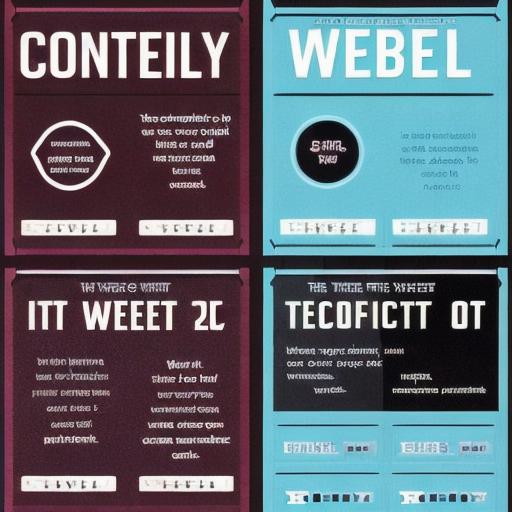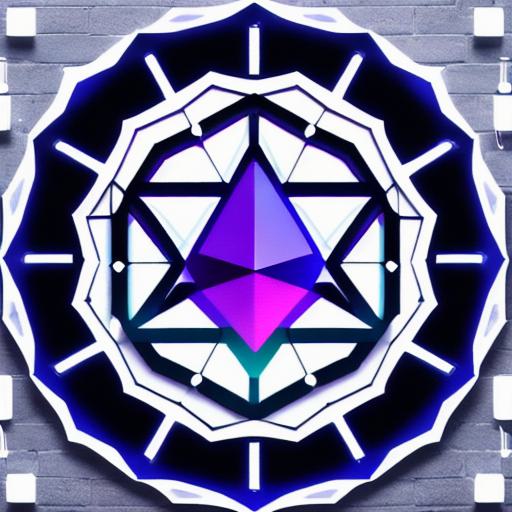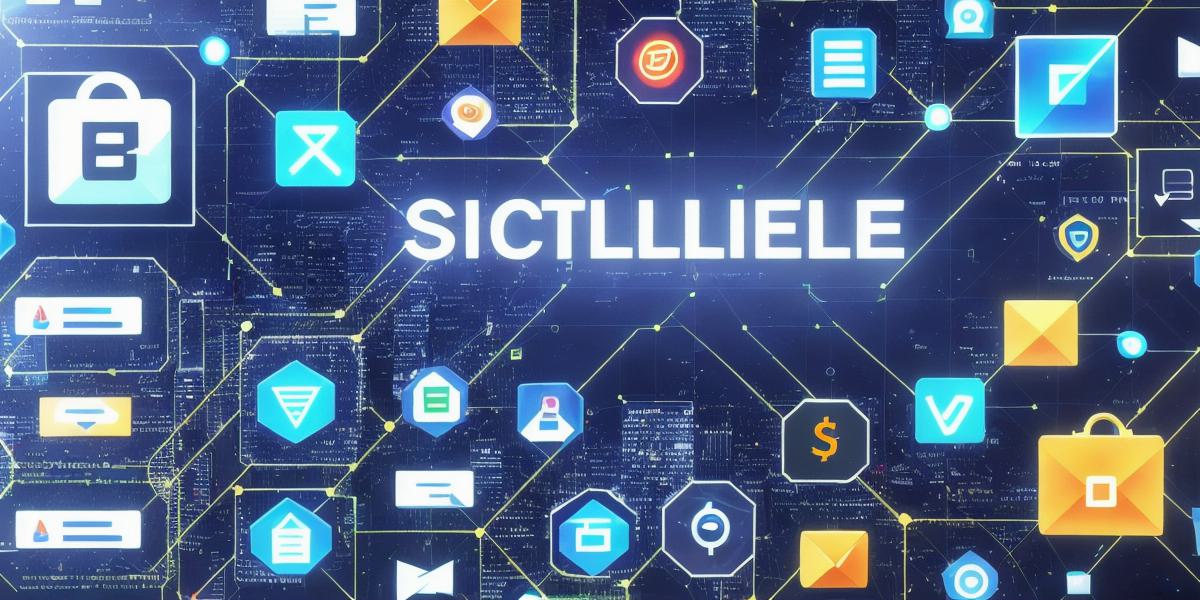Web1, Web2, and Web3 are terms that are used to describe the evolution of the internet. While they all refer to different stages of development, it can be challenging to understand what sets them apart. In this article, we will explore these distinctions and how they impact the way we use and interact with the web.
Web1: The Read-Only Web
Web1 refers to the initial stage of the internet’s development. It was a read-only web where content was static and users could only consume information. Websites were created by developers, and there was no way for users to interact with them or contribute their own content.
One example of a Web1 application is Wikipedia. Users could read articles on various topics, but they could not edit them. This made it difficult for the community to correct mistakes or add new information.
Web2: The Interactive Web

Web2 refers to the evolution of the internet where users could interact with content and contribute their own ideas. With Web2, developers created platforms that allowed users to create and share content. Examples of Web2 applications include social media platforms like Facebook and Twitter, blogs, and online forums.
With Web2, users could interact with each other and with the content on these platforms. They could leave comments, ask questions, and even contribute their own articles or blog posts. This made it easier for communities to collaborate and share information.
Web3: The Decentralized Web

Web3 refers to the current stage of internet development where users have more control over the content they create and consume. With Web3, decentralized applications (dApps) are built on blockchain technology, allowing for secure and transparent transactions. This makes it easier for users to interact with each other without relying on intermediaries like social media platforms or payment processors.
One example of a Web3 application is Ethereum. It’s a decentralized platform that allows developers to build dApps on top of the blockchain. These dApps can be used for anything from voting to buying and selling goods and services.
What Sets Them Apart?
The main difference between Web1, Web2, and Web3 is the level of control users have over the content they create and consume. With Web1, users had no control over the content they consumed. With Web2, users could interact with content and contribute their own ideas, but there was still a centralized authority controlling the platforms. With Web3, users have more control over the content they create and consume because it’s built on decentralized technology.
Another difference is the level of transparency. With Web1, there was no way for users to verify the authenticity of the information they consumed. With Web2, there were centralized authorities controlling the platforms, which made it easier to verify the authenticity of the content. With Web3, transactions are recorded on the blockchain, making it possible for anyone to verify the authenticity of a transaction.
Case Studies and Personal Experiences
One example of how Web1 impacted the way we consume information is the rise of fake news. Without a centralized authority to verify the authenticity of the content, it’s easy for false information to spread quickly on social media platforms. With Web2, there were centralized authorities that could verify the authenticity of the content, making it easier to combat fake news. With Web3, transactions are recorded on the blockchain, making it possible for anyone to verify the authenticity of a transaction and combat fake news.
Another example is how Web2 platforms have been criticized for collecting user data without their consent. With Web3, users have more control over their data because it’s stored on decentralized technology rather than centralized servers. This makes it possible for users to control their own data and prevent it from being used for targeted advertising or other purposes without their consent.
FAQs
What is the main difference between Web1, Web2, and
